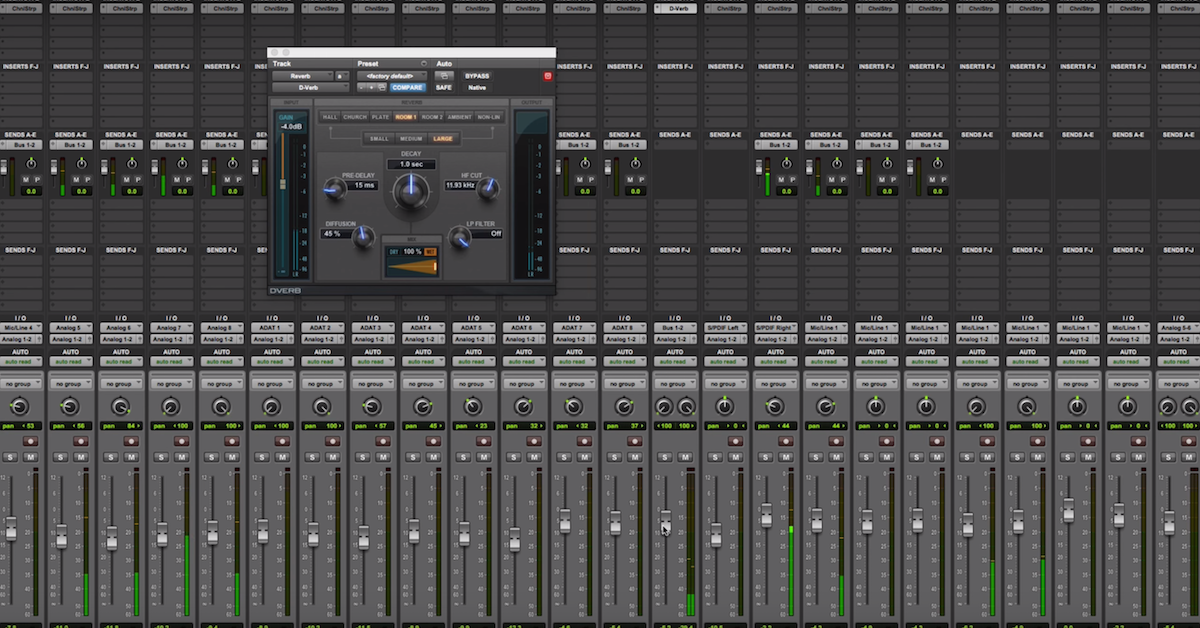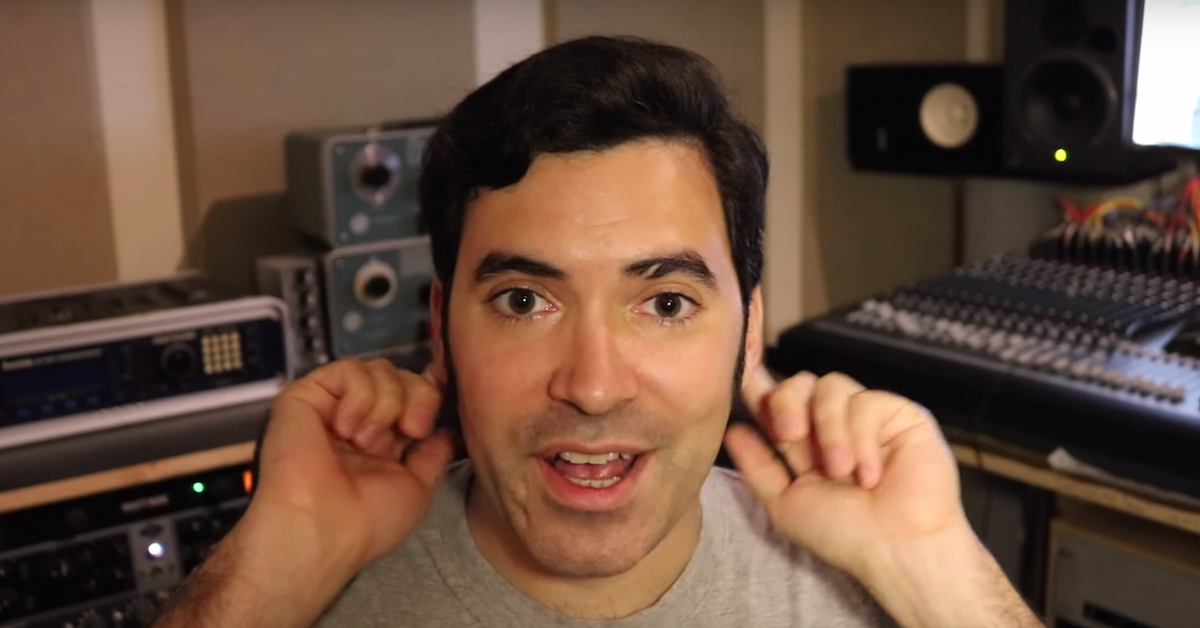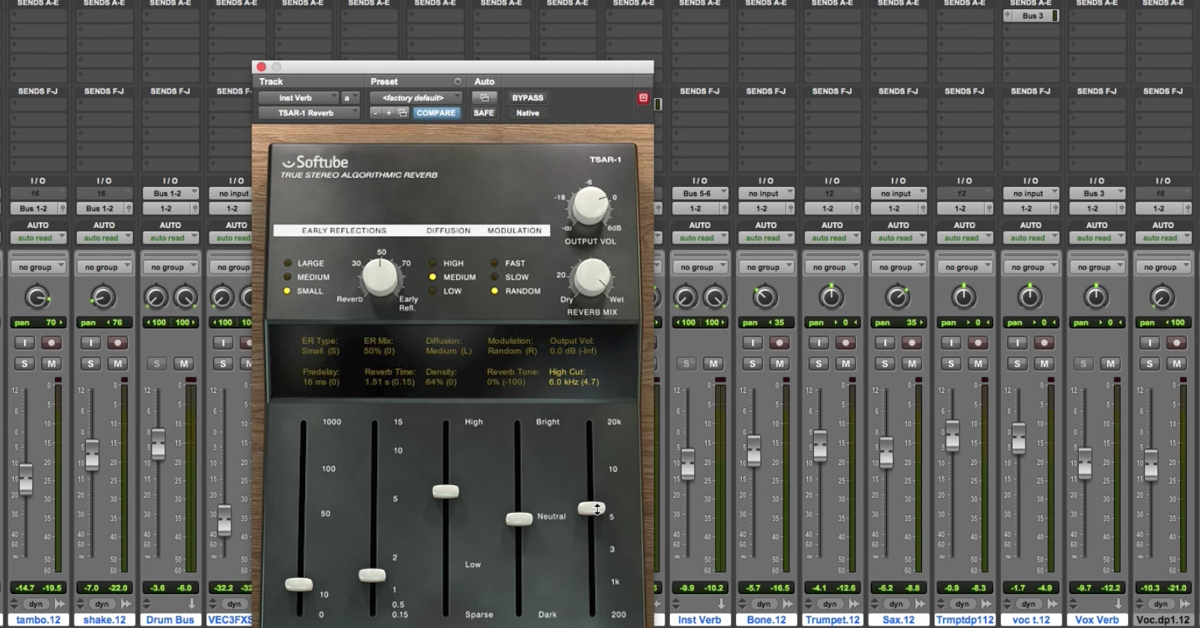Tips for Recording Reverb in Real Spaces
Article Content
We live in a time of ultra-mobility. A lot of us are running laptops or have the ability to record on laptops. This opens up the possibilities of remote recording. Not just for tracking instruments but also for recording real reverb.
Think for a second about all the cool sonic spaces you’ve been in. The cafeteria in jail… (I mean school), court houses, churches, clubs, hallways, and stairwells to name a few.
If you ask nicely (tip: you don’t have to ask nicely to go to jail), you may be able to go into these spaces after hours and record some natural reverbs.
I happen to love real reverbs. It’s kind of surreal to hear reflections on tape that you know well. Well, not REAL tape, nobody is lugging a Studer for mobile recording. Saying DAW just doesn’t ring as nicely.
On a recent record, we used the stairwell in the building of the studio to record reverb. I knew this stairwell as I walked up it everyday to the sessions.
After we recorded the reverb, hearing it on playback would always play tricks on my mind. I kept thinking I was in the actual space.
The How to Do’s
It can be pretty simple. You can take one or two studio monitors with you depending on if you want mono or stereo reverb.
You’ll need a few microphones. You’ll have to decide if you want to do M/S, Mono or Stereo.
I rarely use M/S config. I usually opt for a large diaphragm in mono or two in XY position.
I’m not super concerned with the sound being an exact reproduction of the original source. I’ve talked in other posts how I like coloration and character. I like to be inspired by a sound.
You play the track you want reverb on through the monitors in the room and then record the signal. I feel that’s worth mentioning in case you found yourself staring at the speakers waiting for magic to happen on its own.
Ping Pong
Mic placement may turn out to be a little time consuming. There will be a ton of variation depending on where you place them. Remember, sound will bounce off surfaces. This can either be good or bad. It’s important to be aware of this in the event that you’re troubleshooting. Most audio engineers will have a good sense of this already.
The volume to which the monitors play back in the room will also affect the sound and reflections. I suggest trying different volumes. Louder isn’t always better.
One of the tricky things about this method is surrounding noise. Most spaces that are desirable have a lot of noise during daytime hours. During vampire hours, they’re much more contained.
Stand by Me
If you can get some really good boom stands that have some height to them, you may want to raise those mics up high in the center of the room. Regular stands don’t give you enough flexibility or height.
Ladder Song
Invest in a sturdy ladder. You may want to hang the mics from something, change a lightbulb, or clean the cobwebs.
Cables and Wires
Bring long cables. Depending on where you place the mics, you may need a lot of slack. The longer the better (that’s just too easy to “poke” fun at).
Two Turntables and a Microphone
You can bring a couple large diaphragm and small diaphragm mics to try. It’s best if you have a matched pair.
Fight the Power
Finding a power outlet can be tricky in unconventional spaces. Finding an outlet that works and isn’t dangerous can be even more difficult.
Come prepared with a power strip, extension cord and power tester. Always make sure the outlets you plug into are grounded.
Most of these supplies can be found at your local hardware store. Minus the mics of course. I’m guessing you already knew that.
Day Tripper
Think of it as a studio field trip. Lets face it, by this point in the session the place probably needs to be aired out or fumigated. Someone has to tell you. It’s getting awkward.
Cans
It’s assumed you would need these right? I mean you’re not going to check the recorded reverb through the monitors in the cavernous space are you? Nah, of course not.
Still though, without an idiot check it’s easy to forget something. For me it’s either headphones or an extension cables that get left behind.
Blinded by the Light
If you happen to be going down in the sewer to record the most amazing vocal verb in the history of music (can’t wait to hear someone say, “that verb sounds like ____“ — you can fill it in), you may need some extra light.
Something that runs on batteries (flashlight) and something you can plug in (shop light). It’s always nice to see.
You know all those cables you’re running? They’re easy to trip on. Nothing like snagging a cable and toppling $4000 worth of mics.
This can be a really fun project when you’re prepared. You can end up with a reverb that nobody else will have. A space and sound that is unique to your record.






